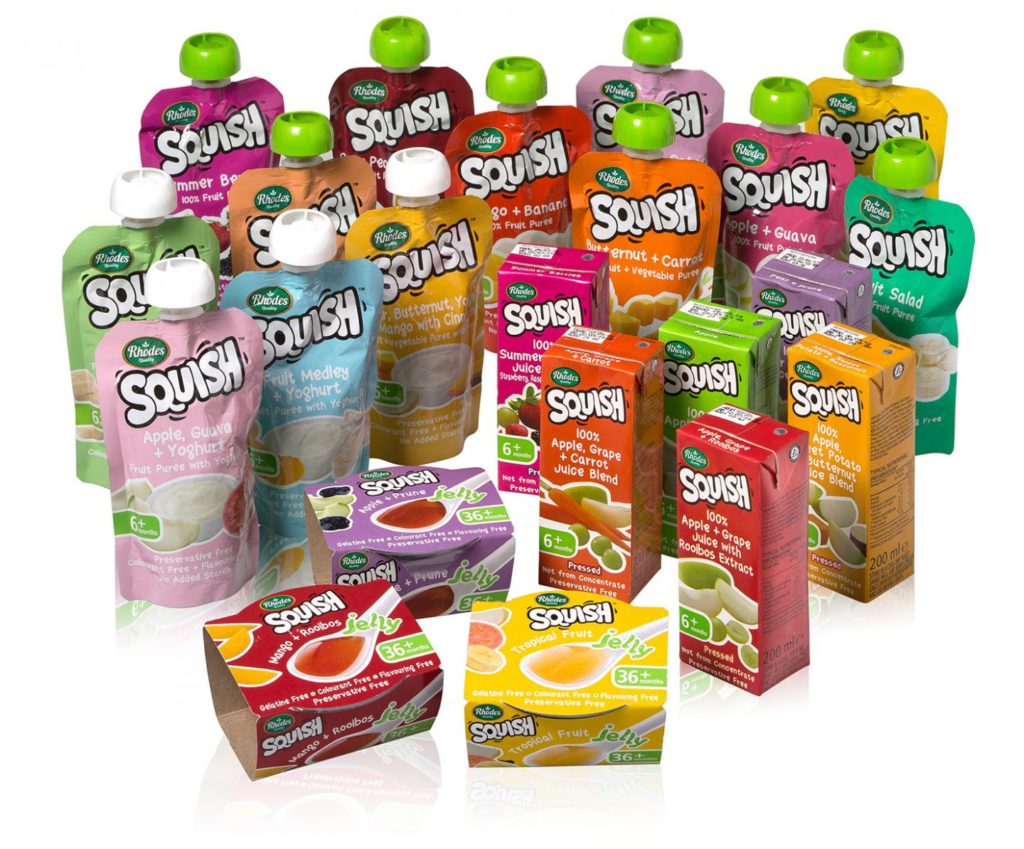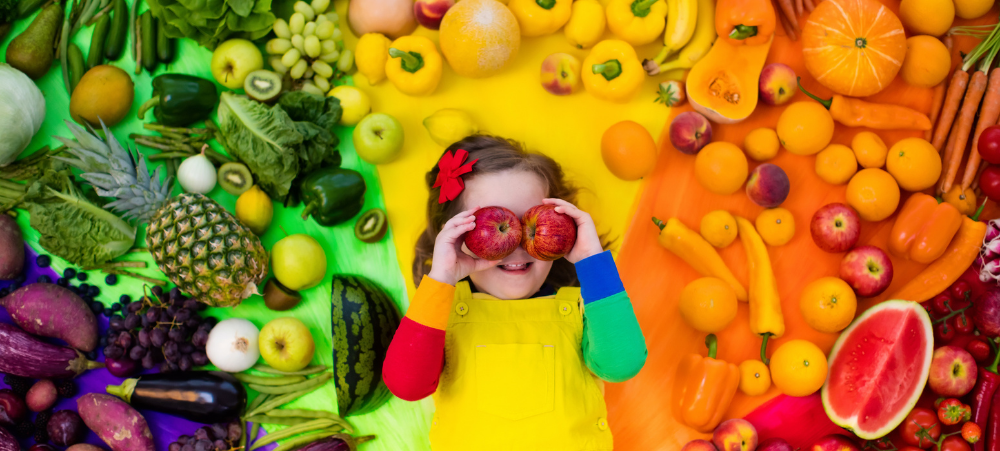Just as your baby is learning how to eat solid food, so too will you be learning the skill to read your baby’s hunger and fullness cues. A healthy baby will eat without being coaxed and stop when full. Being responsive to your baby’s signs of hunger and fullness will help manage many frustrating mealtimes and also leave you rest assured that your little human is happy and content with a full tummy.
Feed Me!
Your baby will let you know when they are hungry by reaching out or pointing to food. They may even become excitable when placed in a familiar eating place like a highchair, and be rather expressive with smiling, cooing, squeals of glee, and maybe even a frustrated cry. Your baby may also move their fingers towards their mouth or try and reach out for the spoon as you prepare to feed.

Fill Up!
Adults, babies, and children are less likely to eat beyond fullness and your baby will very clearly tell you if they need more food or if their tummy is full. What started out as a content baby in a feeding chair, now becomes fussier and more irritable. The pace of eating will slow down, and your baby will close the mouth, push food away and even spit it out. Older babies may grab and throw food to the floor. There will be a change in posture from excitable and upright to disinterested and slumping in the chair, and some babies may even fall asleep.
It is good to know that it is normal for your baby’s appetite to change from day to day, and even from meal to meal. Be guided by your baby’s interest in food and appetite levels to know how much to offer, rather than worry about an exact amount eaten.
It is recommended that you check your baby’s weight regularly and if you are concerned about the amount your baby eats or about its weight you should consult your doctor or specialist.
For a convenient way to get your baby to try its first foods, why not try Squish 100% fruit and veg purees?
Squish offers a range of 100% fruit and veg purees and pressed 100% fruit and veg juices. The convenient pouches are well-loved amongst mommies and are perfect for babies from the first introduction of solids, right through the weaning process – from babies to toddlers and beyond.

The Squish range is made with the best quality ingredients packed in convenient pouches, so parents can rest assured that they you giving your children the best.
No compromise on quality and the brand constantly ensures that all the products are free from preservatives, colourants, flavourings and starch, guaranteeing that the health and interest of your baby is a number one priority.
From the first spoonful of solids, right through the adventurous toddler years, Squish strives to offer you and your child only the very best, filled with 100% fruit and veg, making the weaning transition as easy, possible.
- 5 tricks to get your toddler to eat more fruit and veg - October 24, 2023
- 5 clever ways to make toddler mealtimes less stressful - August 28, 2023
- 5 common mistakes to avoid when feeding your toddler - August 18, 2023





